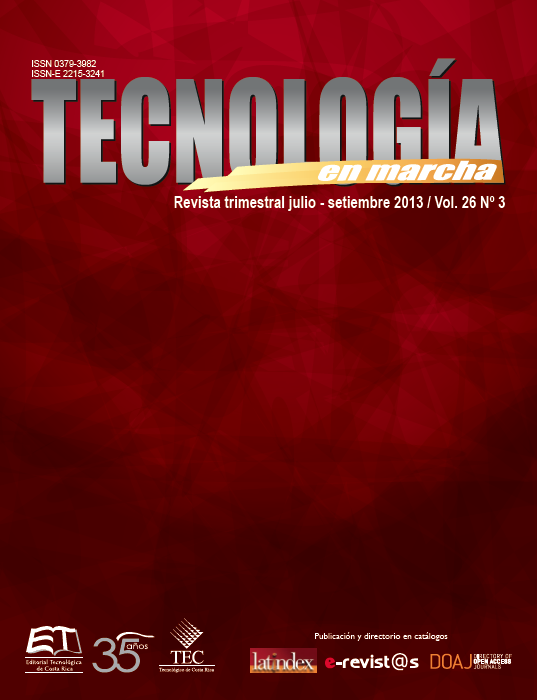In vitro evaluation of African tulip (Spathodea campanulata B.) flowers and leaves extracts on berry borer of coffee (Hypothenemus hampei F.)
Main Article Content
Abstract
The berry borer of coffee (Hypothenemus hampei F.) is the most important Guatemalan coffee pest. It affects the yield and coffee quality. Among the methods to control pest, we have the use of flowers and leaves extracts from African Tulip (Spathodea campanulata B.). This is a tree with insect repellent and insecticide properties and is used in popular medicine. The nectar and flowers or leaves extracts contain insecticide substances such as organic acids, sterols, carbohydrates and triterpenos. In the in vitro essay, the leaves extracts to 0.5, 1.0 and 1.5 mg/ml of solution showed insecticide activity, obtained percent of mortality the berry borer of coffee of 60, 70 and 80% respectively after 72 hours of application. Moreover, statistically were the same as Endosulfán that gave 100% of mortality since 24 hours to application, but different to negative control, that reached 20% of mortality after 24 hours of the application. The flowers extract to 1.0 and 1.5 mg/ml of solution obtained 100% of the berry borer of coffee mortality; the same effect of Endosulfán after 24 hours of application, while the extract to 0.5 mg/ml showed 70% of mortality after 72 hours. Statistically Endosulfán was the same to T1, T2 and T3 but different to negative control of ethanol-water to 25 % (T5), which showed 40% of berry borer of coffee mortality.
On the base of these results, flowers and leaves extracts of African tulip offer an alternative for the integrated management of the berry borer of coffee. In vitro research, in greenhouses or outdoors, is recommended.
Article Details
Los autores conservan los derechos de autor y ceden a la revista el derecho de la primera publicación y pueda editarlo, reproducirlo, distribuirlo, exhibirlo y comunicarlo en el país y en el extranjero mediante medios impresos y electrónicos. Asimismo, asumen el compromiso sobre cualquier litigio o reclamación relacionada con derechos de propiedad intelectual, exonerando de responsabilidad a la Editorial Tecnológica de Costa Rica. Además, se establece que los autores pueden realizar otros acuerdos contractuales independientes y adicionales para la distribución no exclusiva de la versión del artículo publicado en esta revista (p. ej., incluirlo en un repositorio institucional o publicarlo en un libro) siempre que indiquen claramente que el trabajo se publicó por primera vez en esta revista.

